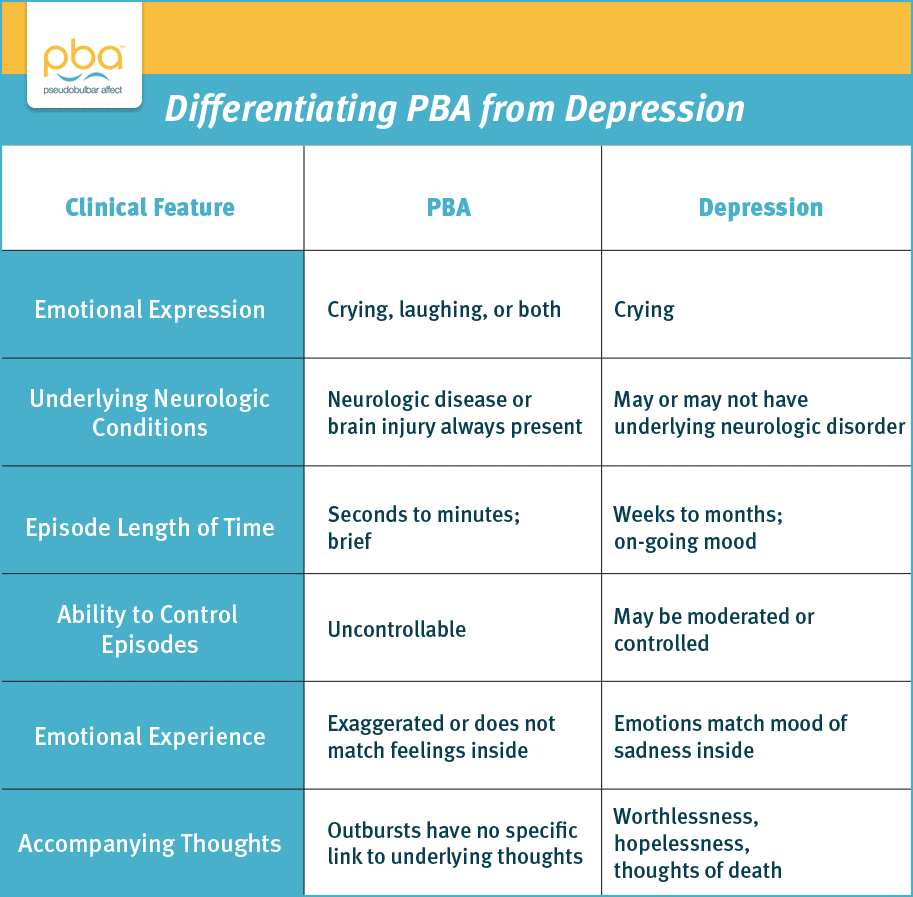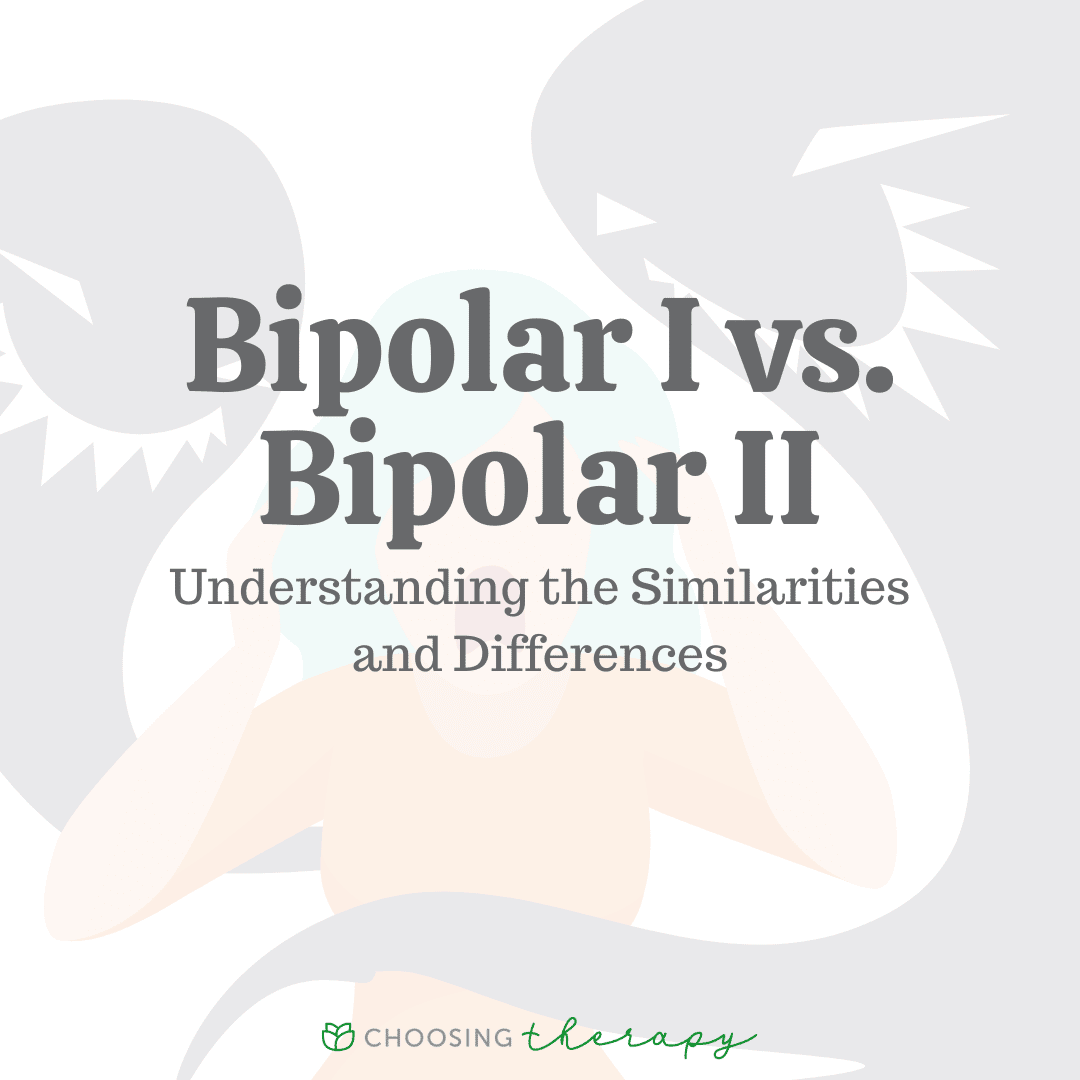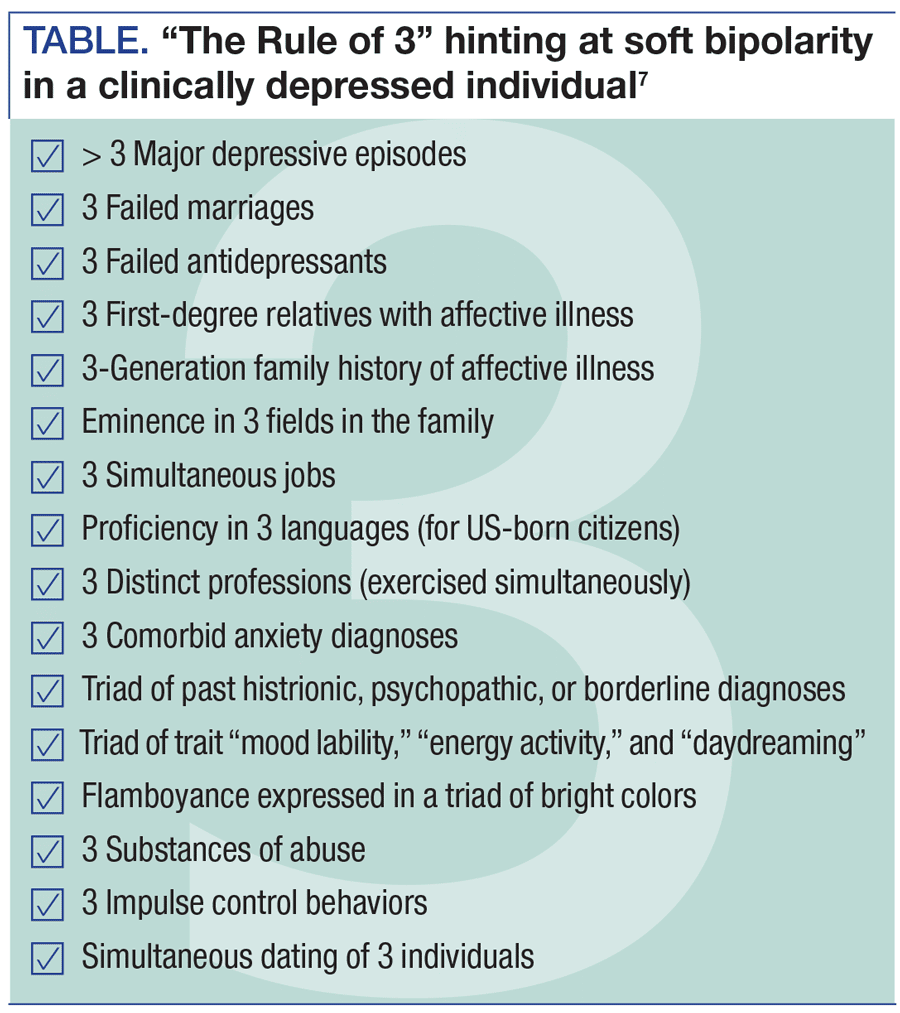Other Treatments And Suicide
Evidence is growing that the glutamate NMDA-receptor antagonist ketamine and its active S-enantiomer can exert rapid, short-term reduction of suicidal ideation along with rapid reduction of symptoms of depression, including in BD patients, although effects on suicidal behavior are uncertain . There is considerable uncertainty about how to continue use of racemic or S-ketamine following initial benefits, and some concern that its discontinuation may provoke adverse clinical responses . ECT often appears to be lifesaving in suicidal emergencies but lacks evidence of sustained antisuicidal efficacy . Other methods of external electrical or magnetic stimulation of brain, vagal nerve stimulation, and deep brain stimulation are being investigated or introduced for the treatment of otherwise treatment-resistant depression but remain to be tested adequately for specific effects on suicidal behavior, particularly in BD.
Additional interventions of potential value include emergency hospitalization as well as psychotherapies, in particular cognitive-behavioral, dialectic, and interpersonal methods, which can improve depressive symptoms and may reduce suicidal risk . However, results from studies of psychosocial interventions may be limited by the self-selection of patients who adhere to such prolonged treatments.
Symptoms Of Bipolar I Disorder
To meet the criteria of bipolar I disorder, a person must experience:
- one or more manic episodes lasting 7 days or more each, or
- shorter manic periods but with severe symptoms that require hospitalization
Many people with bipolar I disorder also experience depressive episodes or mixed episodes of manic and depressive symptoms.
How To Receive A Proper Diagnosis
There are no specific medical tests that determine if you have major depressive or bipolar disorder. Laboratory tests are sometimes ordered to rule out potential medical contributions to your symptoms. The diagnosis is made clinically, meaning mental health professionals will evaluate your current symptoms and psychiatric history to make the diagnosis.
For this reason, it can be helpful to work with a psychiatrist, psychotherapist, and general practitioner. This can increase the chances of getting a precise diagnosis and feeling relief sooner.
Recommended Reading: How To Overcome Postpartum Depression
Whats The Difference Between Borderline Personality Disorder And Bipolar Disorder
While borderline personality disorder and bipolar disorder have similar symptoms and are often confused for each other, theyre distinct conditions.
BPD involves a longstanding pattern of abrupt, moment-to-moment swings in moods, behavior and self-image that are often triggered by conflicts in interactions with other people. Nonsuicidal self-injury is also common in BPD but not in bipolar disorder.
Bipolar disorder is different from BPD because it involves distinct, longer-lasting episodes of mania/hypomania and/or depression. Several things can trigger manic or depressive episodes, such as sleep changes, stress, medications and substance use.
Bipolar Disorder And Depression

Bipolar disorder and major depressive disorder are mental health conditions that share some similar features. In some cases, people may confuse the two. However, they are separate disorders that require different treatment approaches.
Some of this misunderstanding may be attributed to the term bipolar depression, which is a name given to the depressive episodes that are a part of bipolar disorder. To understand the difference between bipolar and depression, each disorder must be examined on its own. Once a person understands both disorders separately, it becomes easier to identify differences between bipolar and depression.
Don’t Miss: Overcoming Depression On Your Own
At Risk Population And Diagnosis
Bipolar often develops in the late teens or early adult years, and half of all cases begin before the age of 25. Some people experience symptoms in childhood, while others don’t experience them until late in life.
With one in 10 adults reporting depression, depression is the most common mental illness in the U.S. The average onset of depression is at 32 years old, and people of color are more likely to struggle with the illness than Caucasians. Women are 70% more likely to be diagnosed with depression than men are, but this may be related to how how men seek and receive help. Additionally, 3.3% of 13- to 18-year-olds have experienced depression.
Bipolar disorder and depression are diagnosed the same way: by conducting a physical exam, patient interviews, and lab tests. For bipolar disorder, the symptoms must be a radical change from the patients’ usual mood or behavior. For depression, doctors must rule out medical conditions such as a virus or thyroid disease. MRI imaging can be used to find differences in the brain of those with bipolar disorder.
Due to bipolar disorder’s cyclical nature, it is typically harder to diagnose bipolar than it is to diagnose depression. For example, those with bipolar may feel the urge to seek help and take medication during depression, but not during mania. This can easily lead those with bipolar to assume they are depressed, but not necessarily manic.
Important Safety Information About Seroquel Xr
Elderly patients with dementia-related psychosis treated with this type of medicine are at an increased risk of death, compared to placebo . SEROQUEL XR is not approved for treating these patients.
Antidepressants have increased the risk of suicidal thoughts and actions in some children, teenagers, and young adults. Patients of all ages starting treatment should be watched closely for worsening of depression, suicidal thoughts or actions, unusual changes in behavior, agitation, and irritability. Patients, families, and caregivers should pay close attention to any changes, especially sudden changes in mood, behaviors, thoughts, or feelings. This is very important when an antidepressant medicine is started or when the dose is changed. These symptoms should be reported immediately to the doctor. SEROQUEL XR is not approved for children under the age of 10 years.
This is not a complete summary of safety information. Please discuss the full Prescribing Information with your health care provider.
You May Like: I Feel Sad And Depressed
How Are They Diagnosed
The following are some of the tests that your doctor might conduct for the diagnosis of depression:
- Physical evaluation.
- Psychiatric questionnaire for evaluation. Such as PHQ-9 or GAD -7
- DSM-5, ICD-10 criteria checklist.
- In the case of children, the diagnosis becomes more difficult, as children are usually diagnosed with other mental health conditions that have similar signs and symptoms. Some of these are attention deficit hyperactivity disorder , and behaviour problems.
How are they treated?
What Are The Types Of Bipolar Disorder
As bipolar disorder is a combination of symptoms, it is classified as per the following types of combinations:
Read Also: How Does It Feel To Not Be Depressed
Limitations Of The Study
Several limitations should be considered when interpreting the findings of this paper. First, as the study recruited individuals from within bipolar disorder pedigrees, the results may not be generalisable to other populations the major depressive disorder cases included here are not representative of major depressive disorder in general. Despite this, many findings that have previously been reported in the broader clinical literature on bipolar and unipolar depression were replicated in this genetically defined sample, wherein the shared genetic origins would be expected to diminish the likelihood of demonstrating such differences. Second, the sample size, although consistent with many other comparative studies, was not large enough to enable analysis of the bipolar type 1 and type 2 groups separately. The few studies that have separately examined the two types suggest that there may be important differences between them compared with major depressive disorder. Third, this validation of the probabilistic approach was limited, as not all variables included in the original list operational criteria could be included because of the limitations of the version of the DIGS used in this data-set. Finally, the assessment of depressive features was retrospective, as it was premised on the most severe lifetime episode.
Summary Of Findings Regarding Cognitive Styles During Remission
Some methodological issues must be attended to in the study of cognitive vulnerabilities in bipolar disorder, particularly variability in depression history. In studies that have failed to account for these issues, the evidence for negative cognitive styles among persons with remitted bipolar disorder is quite limited. However, when researchers have focused on just those persons with a history of depression or have used schema activation procedures, findings have suggested that bipolar disorder in remission is characterized by a depressive cognitive style.
Recommended Reading: How Long For Depression To Go Away
Depression In Overall Morbidity
Of note, overall time in depressive phases of BD, and duration of depressive episodes are much greater than in mania or hypomania . Moreover, morbidity has been surprisingly high in BD despite supposedly effective treatment. Indeed, BD patients averaged 45% of time ill during long-term follow-up, and depression accounted for 72% of time-ill, and somewhat more with BD-II than BD-I .
Table 1 Depressive morbidity in clinically treated bipolar disorder subjects.
Using Antidepressants To Treat Bipolar Disorder

Knowing which treatments are appropriate for certain conditions is essential with bipolar and major depression. For example, selective-serotonin reuptake inhibitor antidepressants are deemed safe and effective for treating major depression. They can also be used totreat bipolar disorder, though only in limited situations, due to the potential for triggering emergent manic episodes.
Also Check: Best Cure For Depression Exercise
What Are The Side Effects Of Bipolar Disorder Medications
Side effects of bipolar disorder medications are common and vary by medication. Its important to talk with your healthcare provider about what you can expect when taking certain medications. Its also important to tell them if youre experiencing side effects.
Never stop taking your medication unless your healthcare provider tells you to do so. Abruptly stopping medication can cause severe side effects and trigger severe episodes.
The most common side effects of bipolar disorder medications include:
- Akathisia feelings of restlessness and agitation with a compelling need to move, rock or pace.
Symptoms Of Depression Vs Symptoms Of Bipolar Disorder
Depression and bipolar disorder are complex conditions that can share symptoms. It may take some time to receive the proper diagnosis.
presence or absence of three episodes to diagnose bipolar disorder from depression. These are:
- Manic episode:Mania is a period lasting at least 7 days of high energy combined with several, specific behavior changes. The changes cause dysfunction at work or in a persons social life.
- Hypomanic episode:Hypomania is similar to mania, but with a shorter period of less severe changes. The changes do not cause trouble with daily living and last at least 4 days.
- Major depressive episode: At least 2 weeks of several symptoms of depression. The criteria for a major depressive episode mirrors that for a diagnosis of MDD.
Manic episodes are characterized by irritability or increased energy levels on most days, for the majority of each day. People must also experience at least three of these behavior changes to be considered for a bipolar disorder diagnosis:
- boundless energy and less need for sleep
- racing thoughts or switching topics during conversation
- speaking more or speaking rapidly
- increased activity
- becoming easily distracted
You May Like: How To Help Your Daughter With Depression
Antidepressants And Mood Switching
There is widespread concern that antidepressant treatment for bipolar depression risks switching into potentially dangerous agitation or mania, especially in BD-I . Such risk is more associated with the long-term BD course-pattern of depression followed by mania before a stable interval than the opposite . However, it is difficult to distinguish spontaneous from antidepressant-associated switching in BD, mean rates of which are similar . Though it is plausible to expect mood-stabilizing and antipsychotic drugs to prevent mood-switching with antidepressants, required randomized comparisons are lacking . Trials of antidepressants have found little difference in risk of new mania between antidepressants and placebo, with or without a mood-stabilizer included, although exposure times were short . However, one study found that switching in BD was 2.8-times greater within 9 months after adding an antidepressant, but not if a mood-stabilizer also was used , and switching risk was increased in the rare long-term trials with an antidepressant included in treatment .
When To See A Doctor
If you have the above symptoms and notice a significant effect in your daily routine and thinking pattern, seek professional help. Do not be ashamed of consulting a doctor or getting treated. An assessment is never a bad idea, as it will assure the cause of your symptoms and help you live a healthy life. Also, it is preferred to seek help from your loved ones to help you visit the doctor.
Many people find it difficult to seek medical help for such mental health conditions. This is due to social stigma and shame. It is important to stop the social stigma and help each other fight mental conditions together.
Some
Don’t Miss: Bipolar Depression And Anxiety Treatment
Cognition During Depressive Episodes
When cognition is assessed during a depressive episode, bipolar disorder, comparable to unipolar disorder, is associated with a negative cognitive style, as measured by the Attributional Style Questionnaire , the Automatic Thoughts Questionnaire , and the Dysfunctional Attitudes Scale . Similar to patients with unipolar depression, patients with bipolar depression exhibit low self-esteem . In addition, attributions of failure are correlated with depression severity in both unipolar and bipolar depression . People with current episodes of unipolar and those with current bipolar depression appear to be comparable on measures of negative attributions about events and interference from negative words on the Stroop color naming task .
The Importance Of Diagnostic Accuracy
Getting an accurate diagnosis has significant implications for treatment, and the appearance of some symptoms can be complex and misleading. For certain diagnoses, such as bipolar disorder, long observation periods and deeper investigation are needed to reveal complete symptomatology.
Some researchers have hypothesized that bipolar disorder is oftenmisdiagnosed as major depression, which accounts for a significant number of individuals resistant todepression treatments. Studies have revealed between43.9%57.4% of individuals diagnosed with major depression screened positively for mania symptoms, a primary feature of bipolar disorder. Given these odds, potential misdiagnosis can present a significant problem when considering treatment.
Using a treatment that is not recommended for a specific diagnosis may lead to less-than-ideal results and prolong the treatment process. But more importantly, some treatments may not be recommended because of safety issues, lack of adequate research support, or they may not have completed clearance or approval processes. Understanding these risks can help reduce unnecessary adverse impacts.
You May Like: Bible Verses For Discouragement And Depression
A Quick Look At The Symptoms Of Bipolar Disorder
To begin understanding, it’s important to look at the diagnostic criteria for bipolar I disorder, which we’ll simplify a bit for your benefit:
- People with bipolar disorder experiencemanic episodes characterized by increased energy and focus as well as feelings of euphoria or irritation, for at least one week at a time. These episodes can induce feelings of grandiosity, a racing mind, and the immediate and uncontrollable urge to engage in various activities, including having lots of ideas and taking a lot. People with bipolar disorder may be physically restless and don’t sleep a lot during these times. These episodes are severe enough to interfere with daily functioning and may require hospitalization.
- They also have hypomanic episodes, which have pretty much the same symptoms, but not to the extent where other people necessarily notice or to require hospitalization.
- Depressive episodes are another characteristic symptom of bipolar disorder. When a person with bipolar is in the middle of a depressive episode, they’ll meet the diagnostic criteria for major depressive disorder. These include a depressed mood, loss of interest in previously meaningful activities, weight and appetite changes, a physical slowing down or speeding up, sleep disturbances, feelings of worthlessness or guilt, trouble concentrating and making decisions, and suicidal feelings or thoughts about death.
Unipolar And Bipolar Depression: Same Disorder

One relatively parsimonious idea is that bipolar disorder can be conceptualized as mania, with or without comorbid depression. In parallel, depression with and without mania could be seen as the same disorder. Mania and depression could be conceptualized as highly comorbid conditions, as are anxiety and depression. In the literature on anxiety and depression, most individuals conceptualize noncomorbid and comorbid depressions as parallel, with additional risk factors explaining the presence of comorbid anxiety. A similar model could be applied to depression and mania, with depression conceptualized as the same disorder regardless of the lifetime presence of mania. Support for the âsame disorderâ model would be drawn from an absence of replicable differences in biology, course, symptomatology, or psychosocial antecedents of bipolar and unipolar depression.
Recommended Reading: How Do I Know If My Child Is Depressed
Bipolar Disorder Vs Depression: What Are The Differences And Similarities
Bipolar disorder which used to be called “manic depression” has an awful lot in common with major depressive disorder. The current incarnation of the Diagnostic and Statistical Manual of Mental Disorders, the DSM-5, treats it as a completely separate entity, however, its authors having decided to address bipolar disorder in the chapter that comes between depressive disorders and psychotic disorders. Why is it so important to distinguish between the two?
What Else Could It Be
BPD and bipolar disorder are often confused or misdiagnosed for one another. You may also be diagnosed with one of these conditions when you actually have an entirely different mental health condition.
Can you have both BPD and bipolar disorder? Yes, its possible but its rare. This is called a dual diagnosis.
Other conditions that might be confused with bipolar disorder and BPD include:
Other possible diagnoses include antisocial personality disorder or narcissistic personality disorder. These conditions are diagnosed less often than BPD.
If you think your diagnosis may be incorrect, you can reach out to a mental health professional for a reevaluation. And its OK to get a second opinion.
It can help to look for a pro who specializes in treating BPD or bipolar disorder.
Also Check: How Do You Know If You Are Suffering With Depression